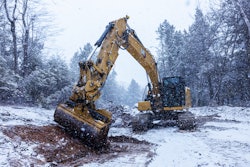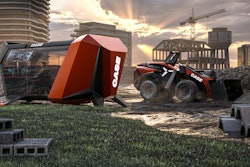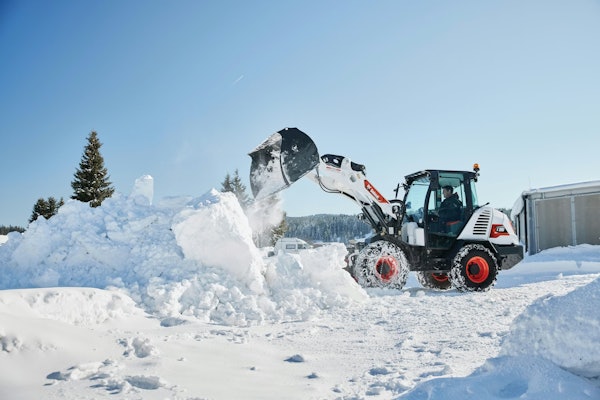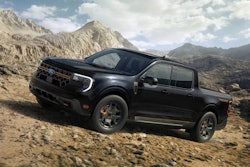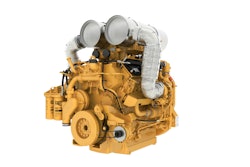
RIC Robotics – the company whose 3D printing robots just built a Walmart expansion in seven days – has a new, bigger robot designed to tackle even more tasks.
Zyrex is a 20-foot-tall, AI-powered, general-purpose construction robot, which RIC is dubbing “the world’s first Giantroid.” It is designed to be “cognitive and fully autonomous” – and at a lower price tag than you might expect. The company estimates Zyrex will be priced at under $1 million, with monthly leasing options starting below $20,000.
Unlike two-legged humanoid robots, such as Boston Dynamics’ Atlas, Zyrex is designed to handle both heavy-duty and complex, delicate tasks across commercial and industrial jobsites, such as material handling, welding, assembling, trimming, carpentry, 3D printing, exterior finishing and more.
Zyrex is battery powered with self-changing battery packs and features 26 degrees of freedom, an interchangeable tool module and complete mobility. It uses LiDAR (light detection and ranging) and visual sensors and is powered by VLA (vision-language-action) AI models to navigate dynamic jobsite environments with human monitoring.
RIC says Zyrex addresses two industry challenges: the global construction labor shortage and the dangers of high-risk jobsites. “We’re not just building another robot – we’re engineering the future of construction,” said Ziyou Xu, founder of RIC Robotics. “With Zyrex, we’re addressing the industry’s labor shortages with powerful robotics capable of performing skilled work at scale.”
Zyrex will roll out in two development phases:
- Phase 1: Human-Assisted Operation AI Model Training
Operators use virtual-reality and physical simulators to control Zyrex, while the robot gathers live jobsite data using LiDAR and visual sensors and compares it to BIM models to ensure build accuracy and quality. Real world collected and synthetic datasets will train advanced VLA AI models to enhance safety and task efficiency. - Phase 2: Full Autonomy
Zyrex, powered by previously trained VLA AI models, will execute skilled tasks independently.
RIC says its current 3D construction robot, RIC-Primus, already shares many of Zyrex’s capabilities, including high-speed, automation and a battery-powered mobile platform with a reach up to 32 feet. Zyrex will build on that performance, expanding beyond 3D printing to become a multi-functional, general-purpose construction labor solution. A working prototype is expected in early 2026.



